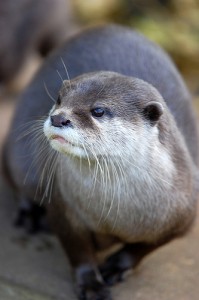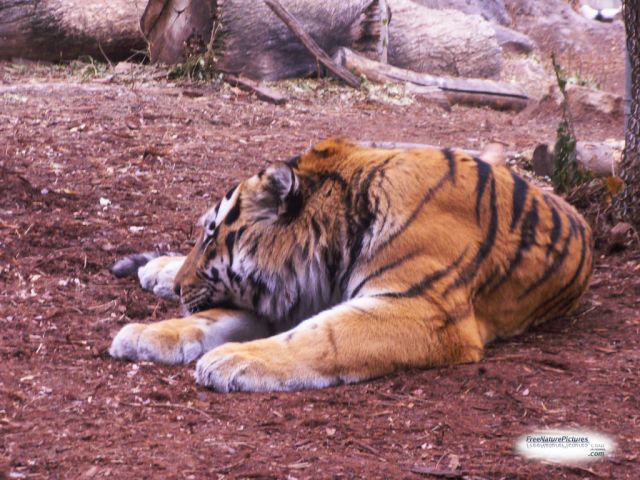 The Western Ghats of India are the nation’s pride – a bountiful, seamless fragment of land where hundreds of plants and wildlife survive. But apart from being home to wildlife, Western Ghats is also a key provider for humans and it is the man-made changes that are bringing harm to other living beings of the region. According to a new research published in mongabay.com’s open access journal Tropical Conservation Society (TCS), the Asian small-clawed otter is one such animal that is widespread in the Ghats but can’t keep up with changes brought to the region by humans.
The Western Ghats of India are the nation’s pride – a bountiful, seamless fragment of land where hundreds of plants and wildlife survive. But apart from being home to wildlife, Western Ghats is also a key provider for humans and it is the man-made changes that are bringing harm to other living beings of the region. According to a new research published in mongabay.com’s open access journal Tropical Conservation Society (TCS), the Asian small-clawed otter is one such animal that is widespread in the Ghats but can’t keep up with changes brought to the region by humans.
The IUCN Redlist lists these otters as vulnerable. But the otter population is decreasing because of habitat loss and loss of prey due to pollution. But one of the biggest hindrances for them are the tea and coffee plantations spread across the Ghats.
Threatened by the cuppa
As per the research authors, Western Ghats are “one of the most densely populated and human-modified biodiversity hotspots in the tropics” with tea and coffee monocultures going back hundreds of years.
The scientists sampled 66 streams at the Annamalai Tiger Reserve and the nearby tea and coffee estates at the Valparai plateau for otter presence.
They found that otters were present in 75 percent of these streams regardless of whether they were inside the protected area or at the plantations. But the otters were found to use the streams near human population much less than the other streams.
The researchers believe this was because of lack of shelter areas like boulders, burrows and logs in these areas, which otters need to make their homes. Also the foliage around the river beds was much less diverse that those found in wild, protected areas. Additionally there were the problems of pollution, sand mining, fishing and agricultural activities.
Asian small clawed otters are the smallest of all otter species. Their primary diet is not fishes but smaller mollusks, snails, crabs etc. They live in a family group of 10-12 individuals and can actually be easily tamed. These otters have a vocabulary of a dozen or more calls and even one to signal distress.
Protection measures
The research group suggests that the otters can be encouraged to live in the streams near agricultural lands if native vegetation around river beds is restored and retained.
“A step in this direction has been made with the introduction of certification of coffee and tea plantations,” they write adding that, “engagement with corporate bodies who own large tea and coffee plantations, which enclose riparian forests, is necessary in order to achieve that.”
More research on aquatic and semi aquatic animals of the region can also ensure that more information about their habitat, breeding, behavior pattern is known.
Image courtesy Kev Chapman via cc/Flickr









2 thoughts on “Tea-Coffee Plantations Changing Habitat of Western Ghat Otters”